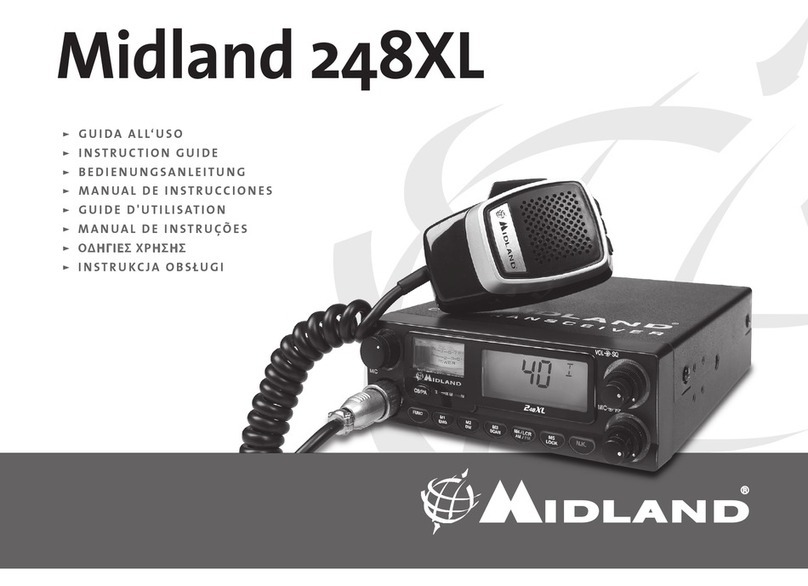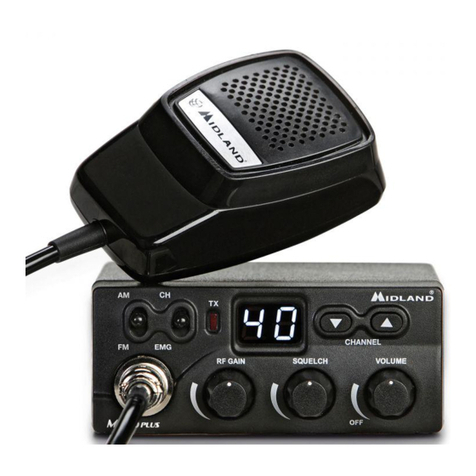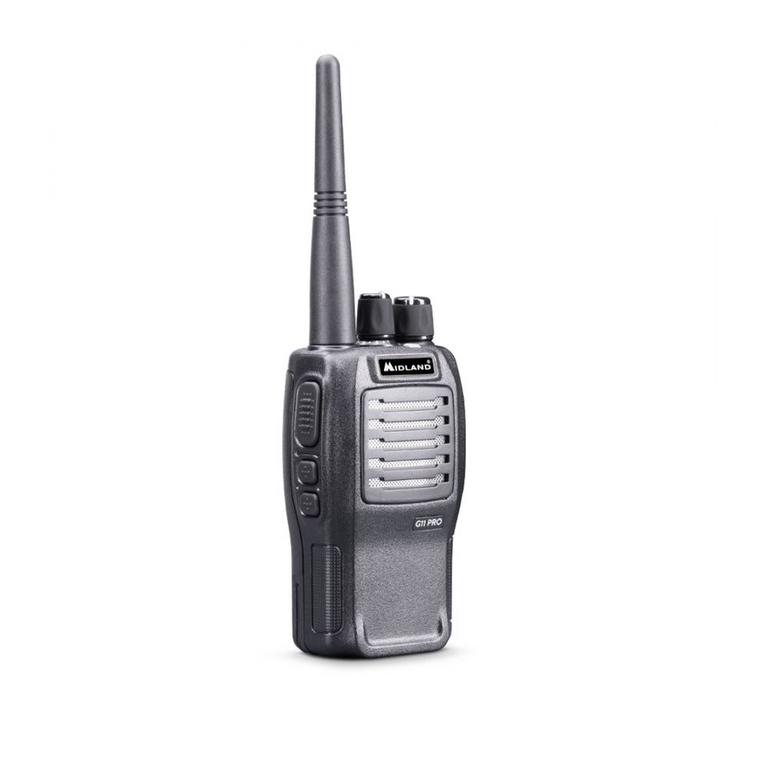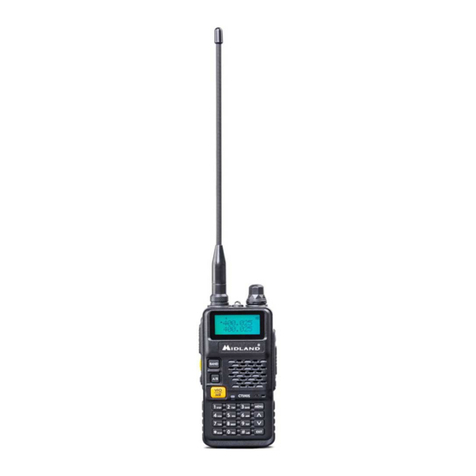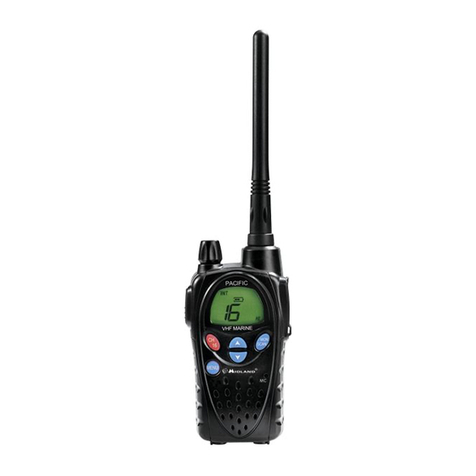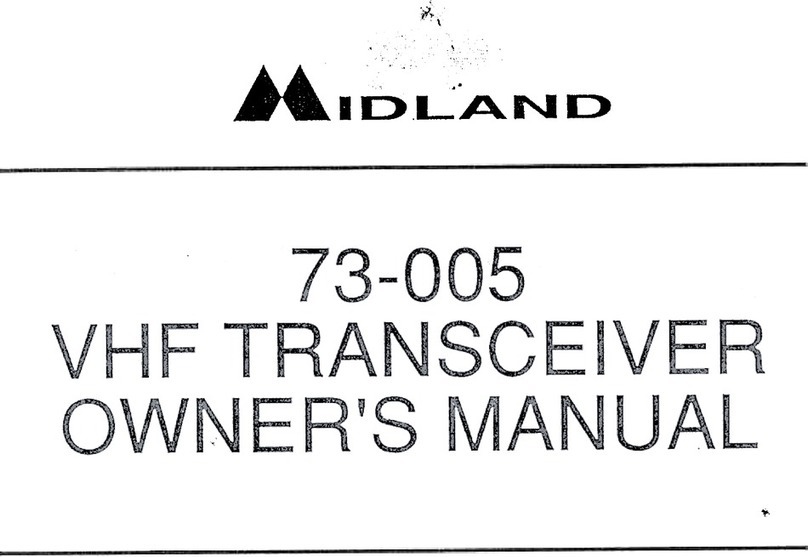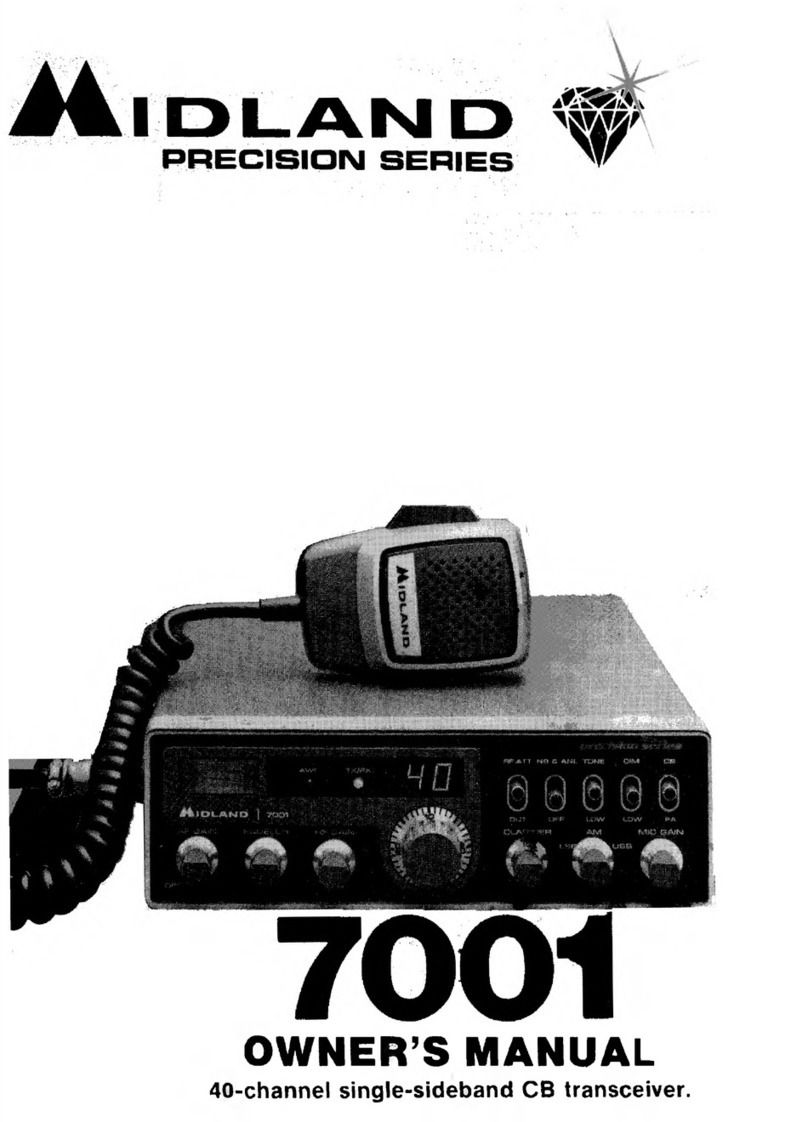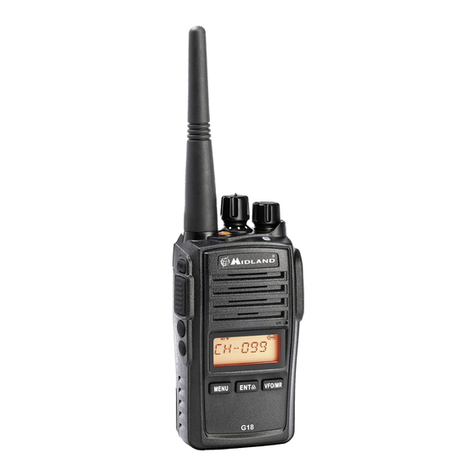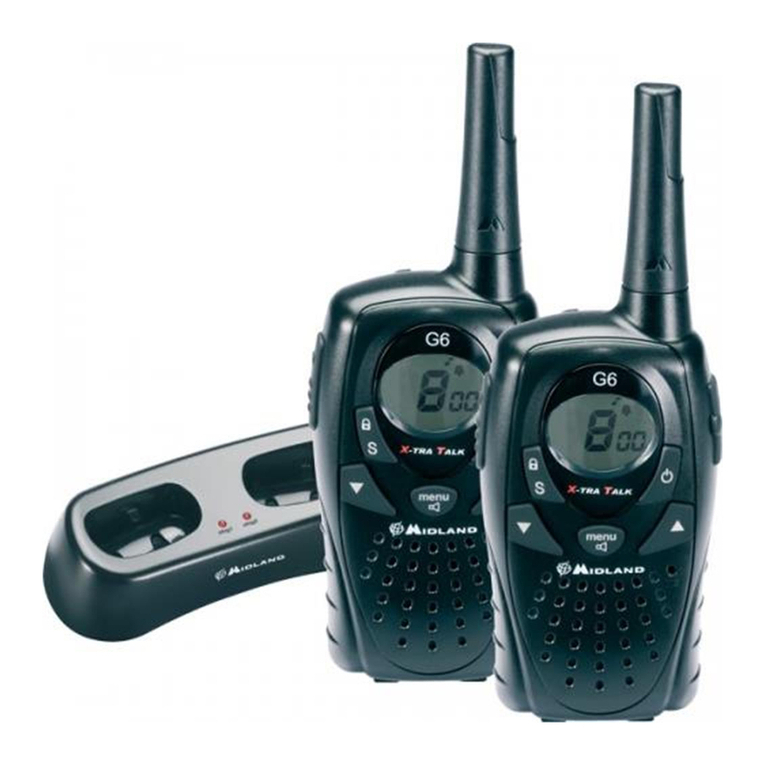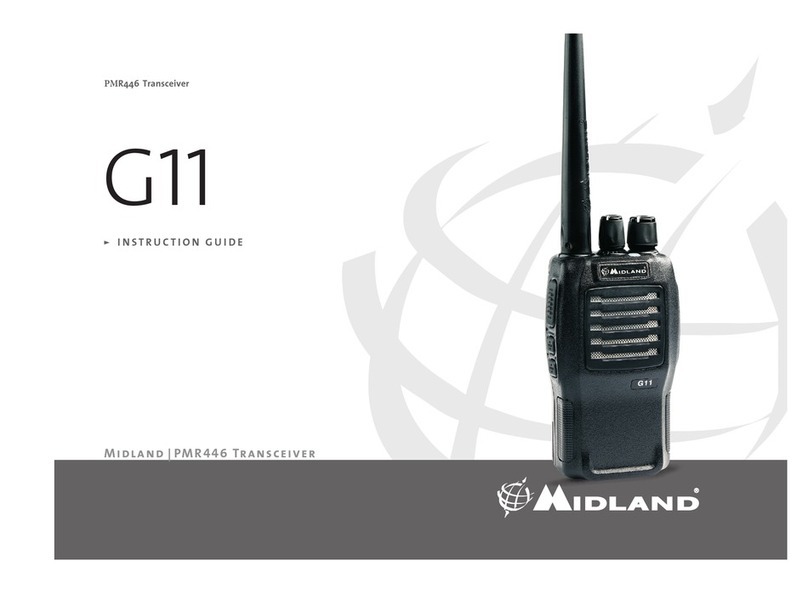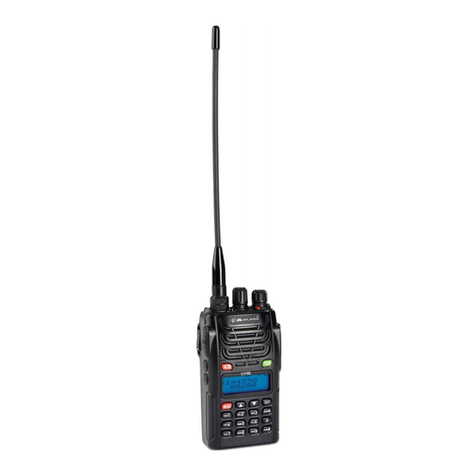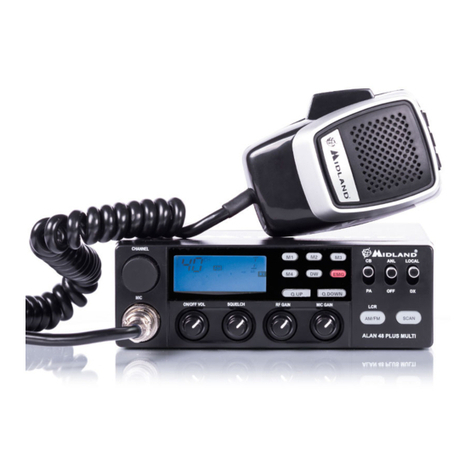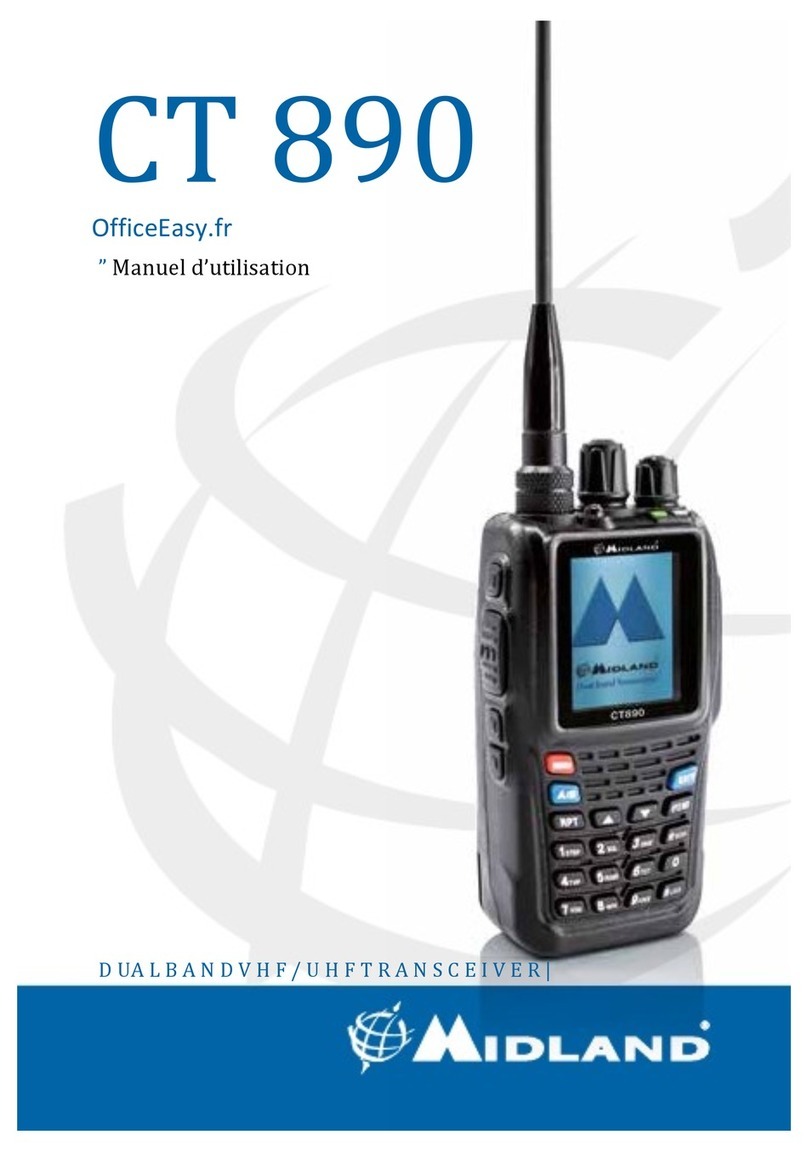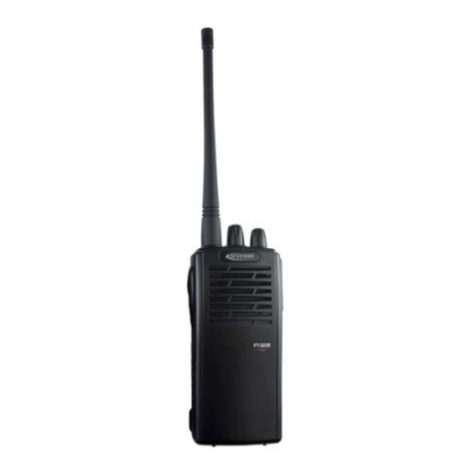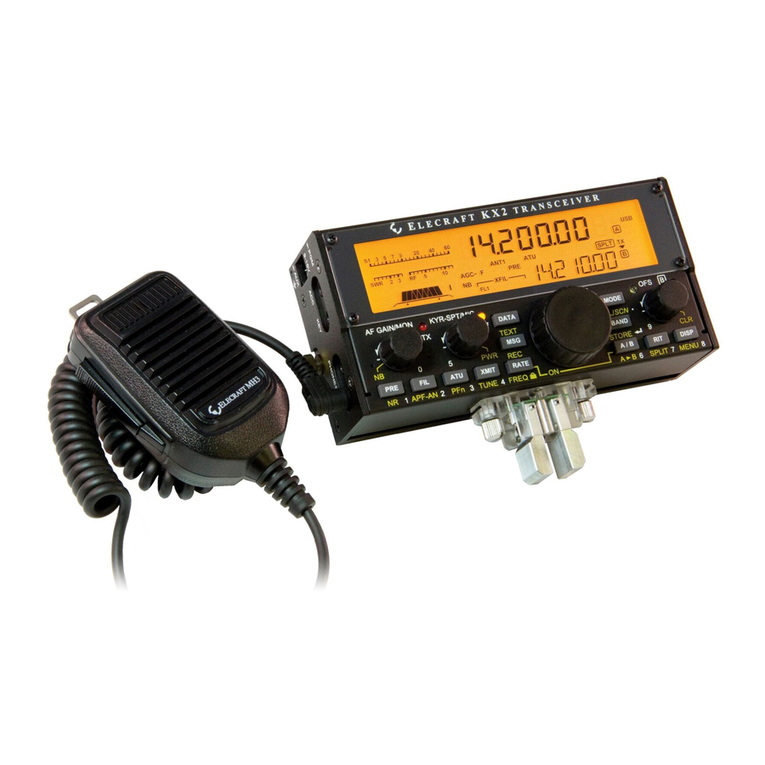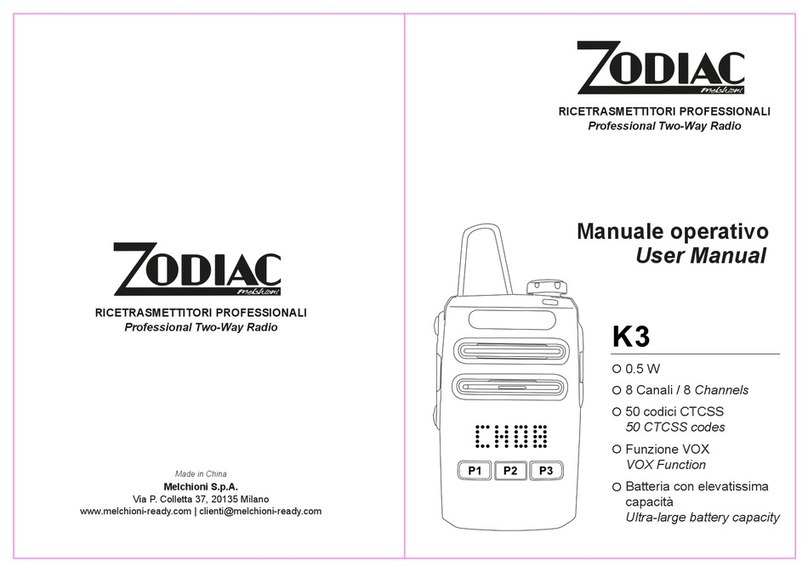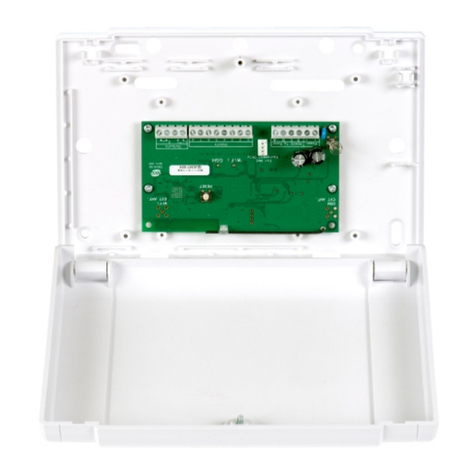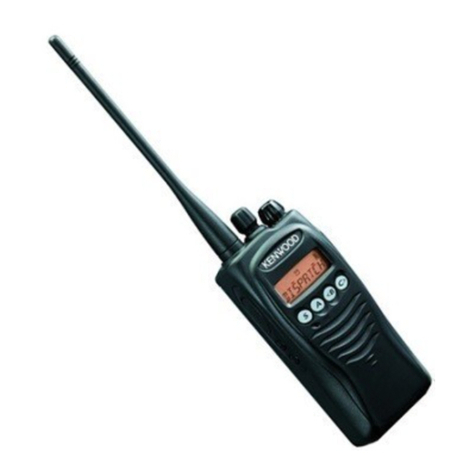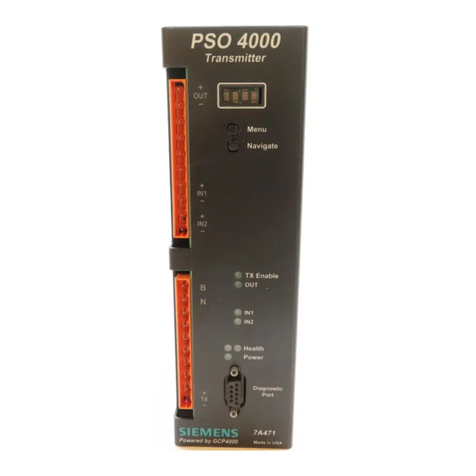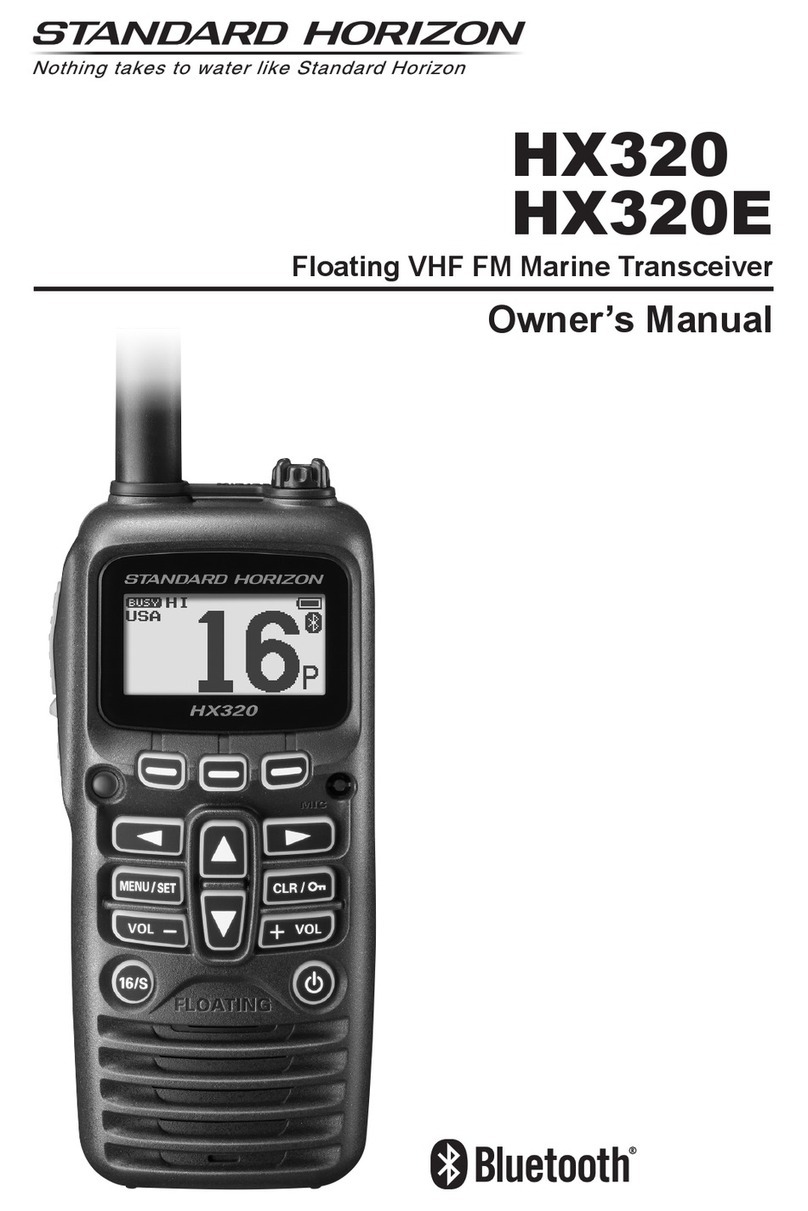English
Table of Contents
1 INTRODUCTION............................................................................2
2 ABOVE ALL… SAFETY!..............................................................3
2.1 Symbols used ........................................................................3
2.2 Warnings................................................................................3
2.2.a General........................................................................3
2.2.b Batteries ......................................................................4
2.3 Assistance..............................................................................4
3 DESCRIPTION OF PARTS ...........................................................5
3.1 Description of parts and commands......................................5
3.2 Display symbols.....................................................................6
4 PREPARATION .............................................................................7
4.1 Fastening/removing the belt clip............................................7
4.2 Installing/removing the batteries............................................7
4.2.a To install the batteries .................................................7
4.2.b To remove the batteries...............................................8
4.3 Recharging the batteries .......................................................8
4.3.a MW904 wall battery charger and 12V charger ...........8
4.3.b CA445 Intelligent, table-top battery charger...............8
4.4 Proper use of rechargeable batteries....................................9
4.4.a Memory effect..............................................................9
5 STANDARD FUNCTIONS...........................................................10
5.1 Turning 445 BT on/off..........................................................10
5.2 Volume regulation................................................................10
5.3 Selecting a channel .............................................................10
5.4 Transmission and reception.................................................10
5.4.a Reception...................................................................10
5.4.b Transmission .............................................................10
5.5 Monitor function ...................................................................11
5.6 Selecting transmission power..............................................11
5.7 Bluetooth button...................................................................11
5.8 Display lighting.....................................................................11
5.9 Keypad lock..........................................................................11
5.10 Use of CALL button..............................................................11
5.11 Clock mode ..........................................................................11
5.11.a Setting the time..........................................................11
5.12 Chronometer mode..............................................................12
6 ADVANCED FUNCTIONS (F BUTTON).....................................13
6.1 CTCSS subaudio tone selection..........................................13
6.2 VOX mode............................................................................13
6.2.a Activation/deactivation of VOX mode........................14
6.2.b Setting VOX sensitivity..............................................14
6.2.c Setting VOX delay .....................................................14
6.3 Scanning functions ..............................................................14
6.3.a Scanning on all channels ..........................................14
6.3.b Activating Dual Watch ...............................................15
6.4 Memory channels ................................................................15
6.4.a Programming of memory channels...........................15
6.4.b Memory recall............................................................15
6.4.c Memory scanning......................................................16
6.5 Keypad tones, Calls and Roger Beep..................................16
6.5.a CALL function ...........................................................16
6.5.b Roger Beep ...............................................................16
6.5.c To enable/disable the keypad tones..........................16
7 CLEANING AND MAINTENANCE OF YOUR RADIO...............17
7.1 Cleaning the radio................................................................17
7.2 Connectors...........................................................................17
8 TROUBLESHOOTING.................................................................17
8.1 Reset of functions ................................................................17
8.2 Solution table .......................................................................18
9 TECHNICAL SPECIFICATIONS.................................................19



